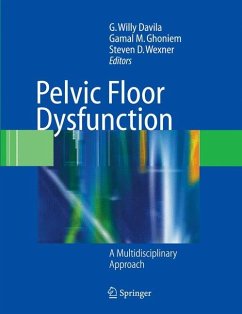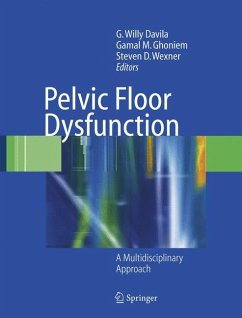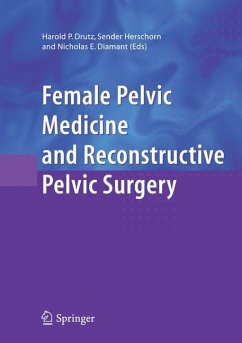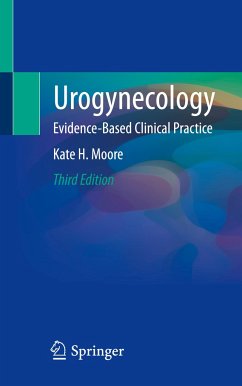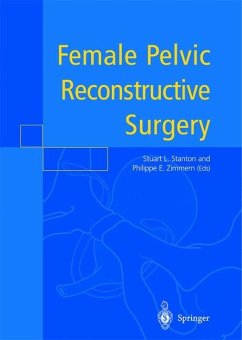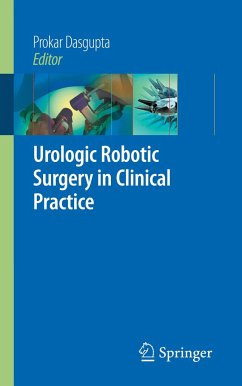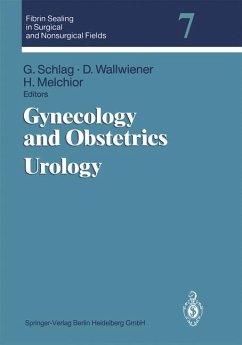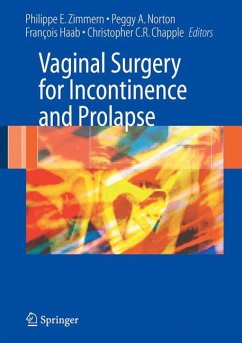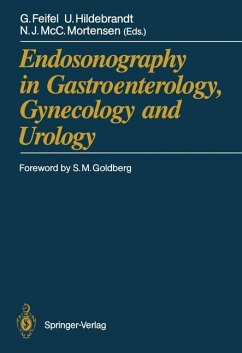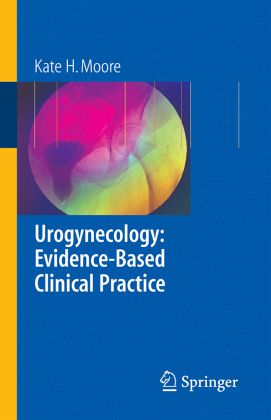
Urogynecology: Evidence-Based Clinical Practice

PAYBACK Punkte
25 °P sammeln!
All about urinary incontinence, prolapse and fecal incontinence - the only small book that does all three, "Urogynecology: Evidence-Based Clinical Practice" is written in easily understood language, giving the practical elements of the subject. The book avoids the depths of research detail, common to the large texts, and summarizes the practical patient management based upon the available evidence and author's own clinical experience, indicating controversial areas where there is insufficient evidence.The book provides advice on how to make a rapid assessment and start conservative treatment f...
All about urinary incontinence, prolapse and fecal incontinence - the only small book that does all three, "Urogynecology: Evidence-Based Clinical Practice" is written in easily understood language, giving the practical elements of the subject. The book avoids the depths of research detail, common to the large texts, and summarizes the practical patient management based upon the available evidence and author's own clinical experience, indicating controversial areas where there is insufficient evidence.
The book provides advice on how to make a rapid assessment and start conservative treatment for general practitioners, and provides information suitable for junior gynecology/female urology trainees. Current management options are described, so that consultant gynecologists with no previous formal urogynecological training would find this a useful quick practical update.
The book provides advice on how to make a rapid assessment and start conservative treatment for general practitioners, and provides information suitable for junior gynecology/female urology trainees. Current management options are described, so that consultant gynecologists with no previous formal urogynecological training would find this a useful quick practical update.





